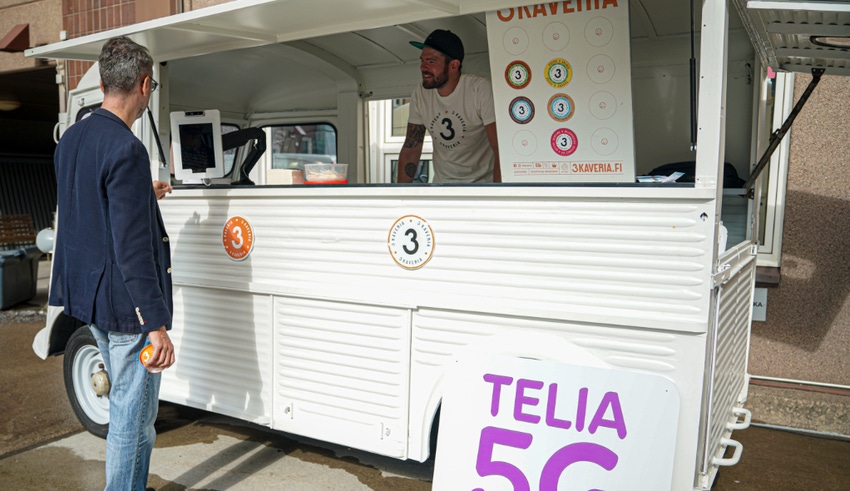In the ever-lasting search for 5G usecases, Telia has teamed-up with Finnish bank OP to trial facial recognition payment solutions.
August 21, 2019

In the ever-lasting search for 5G usecases, Telia has teamed-up with Finnish bank OP to trial facial recognition payment solutions.
While facial recognition technologies are taking a bit of a reputational beating at the moment, there are promising usecases in the pipeline. The issue which is not being discussed here, though certainly warrants more attention in the public domain, is the ethical, responsible and transparent application of the technology.
However, this example, authenticating payments, would appear to be a very logical application of the technology.
Firstly, biometrics are becoming increasingly normalised in payments and financial services authentication through fingerprints or vocal recognition, this is just one step further. Secondly, it is theoretically more secure than current identification and authentication techniques. And finally, banks already have trusted relationships with the consumer, and are yet to be caught up with a privacy scandal.
“Facial payment is a good example of a service that benefits from the capacity increase and lower latency of 5G,” said Janne Koistinen, Head of Telia Finland’s 5G programme. “5G will also take the security of mobile connections to the next level, which is interesting for example for payment and other financial services.”
Using the biometric template uploaded through a camera prior to the purchase with the customers bank, a connected device is used by the merchant to authenticate the individual. The customer then authorises the purchase with a simple click once their face has been recognised.
However, 5G would appear to be key here, largely thanks to the advances in lower latency which can be experienced. Slow service could certainly hinder experience and the commercial benefits promised.
“Besides security, a smooth user experience is important for customers,” said Kristian Luoma, Head of OP Lab. “5G makes the service faster and is therefore the perfect partner for Pivo Face Payment. We believe that the trial with Telia opens a new window to the future.”
Although fingerprints and vocal patterns are theoretically unique to each person, there are environmental factors which might hinder authentication. For example, dirt or grease stop the fingerprint reader from worker, or background noise could impact performance for vocal readers.
Facial recognition is also cheaper. Most smartphones or tablets already have a camera, so no specialist equipment needs to be built into the devices. The camera does not need to be high-end, just functional, therefore the expense is mainly on the software side. It is also a lot more accessible, in that everyone has a face and rarely covers it up when in a store.
For the moment, this trial has been limited to an ice-cream van in Vallila, though it is easy to see the wider applications in numerous different settings.
The challenge which such initiatives might face is the increasingly negative perception of facial recognition. This reputation the technology is working up is largely down to the unethical or secretive application in surveillance. This is a much larger topic which needs to be discussed in the public domain, however this initiative does demonstrate the benefits of facial recognition.
About the Author(s)
You May Also Like








.png?width=300&auto=webp&quality=80&disable=upscale)


_1.jpg?width=300&auto=webp&quality=80&disable=upscale)


.png?width=800&auto=webp&quality=80&disable=upscale)